Dangerous Health Conditions: Everyday Reality in the ARU
Written by Czech Hospital Placements on Friday, June 24, 2016
Mentors Shadowing Resuscitation Intensive Care Anesthesiology Nursing Chronical Pain Surgeries Polytrauma Monotrauma Trauma
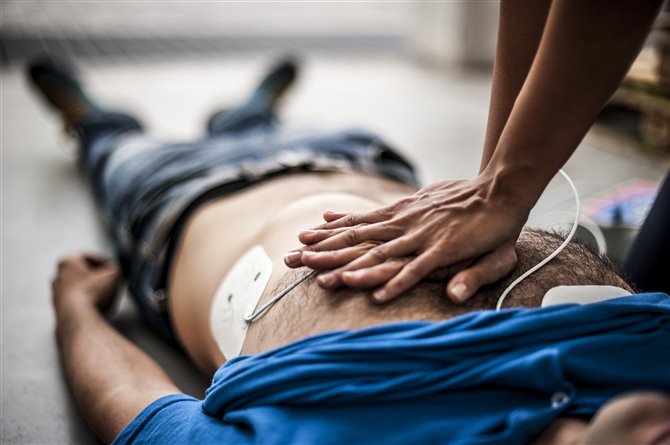
Patients who are in critical conditions and suffer from corruption of their vital functions are treated in the Resuscitation Unit for Adults and Children. These patients require the best possible care and quick decision-making on part of the personnel, because every second can mean difference between life and death...
"A typical day in our department does not exist, everything is changing with every minute. Also a resuscitation phone can ring and then a nurse and a nursing assistant literally run through the hospital with all of the possible equipment that we may need for a patient that suffers from a sudden stasis. " says general nurse Lucie, a mentor of the CHP Program in the Resuscitation Unit, which is an unseparable part of the Anesthesia, Resuscitation and Intensive Care Medicine Specialized Center.
Why so? What are the tasks and responisibilities of healthcare professionals working in the ARU and how does their shifts start?
"Every day I start at 6:30 a.m. and I wait for which patient I will be assigned to take care of. Then my colleagues and I take over the shift. If the patient is circulatory and ventilatory stable, I administrate the prescribed medication and perform a hygiene routine, reapplicate bandages of surgical wounds or catheters, insure every patient´s nutrition, and other tasks...At any time we may also receive a call from the emergency medical service that they are bringing in a patient with a very severe life threatening condition... after car accidents, fall from heights, after almost drowning, intoxication, sudden stasis, large surgeries such as lung transplantation, surgeries of nervous system, and brain, and others." says Lucie about the diversity of her work.
What kind of patients you can find in Resuscitation Unit and the Specialized Center? The healthcare professionals take care of both adult and young patients after major surgeries, such as Coronary artery bypass grafting, Craniotomy and clipping of intracerebral aneurysm, Abdominal aortic aneurysm resectio and many more. Further, they treat patients who suffered from polytrauma (such as traumatic brain injury (TBI), fractures, burns, hearing loss, visual impairment, amputations and more), monotrauma, head trauma, lung transplants, and artificial lung ventilations as well. Another area of their work focuses on treatment of patients who are critically ill and their vital functions are on the verge of failure.

How do the colleagues of Lucie, nurses in the Unit, feel about their work despite its stressful nature?
Alexandra, an ICU nurse, does her job with love even when the hard moments come. "I decided to learn everything I could by becoming a nurse, and it was one of the best decisions I have ever made. When I do my job, I feel fulfilled, satisfied, needed, and useful. I love that I am part of a team that works on saving our patients’ lives, although, sadly, I am also present when some of our patients lose their lives."
"After I tried to work outside of health sector I realized how important it is to believe in what you are doing and to feel satisfaction from doing it...When you are taking care of your patients you also sometimes have to do things which seem useless, but it only occurs rarely. Thanks to the variety of specialties in the Motol University Hospital, the work here is never boring." adds Alena, anesthesiology nurse of the Unit for children, who returned back to healtcare after working in the priate sector for finding the personal satisfaction.

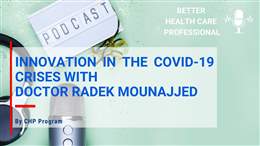

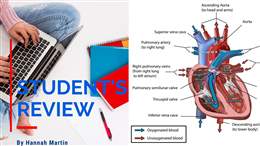



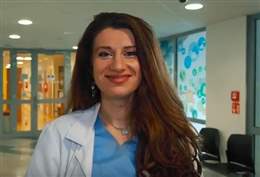




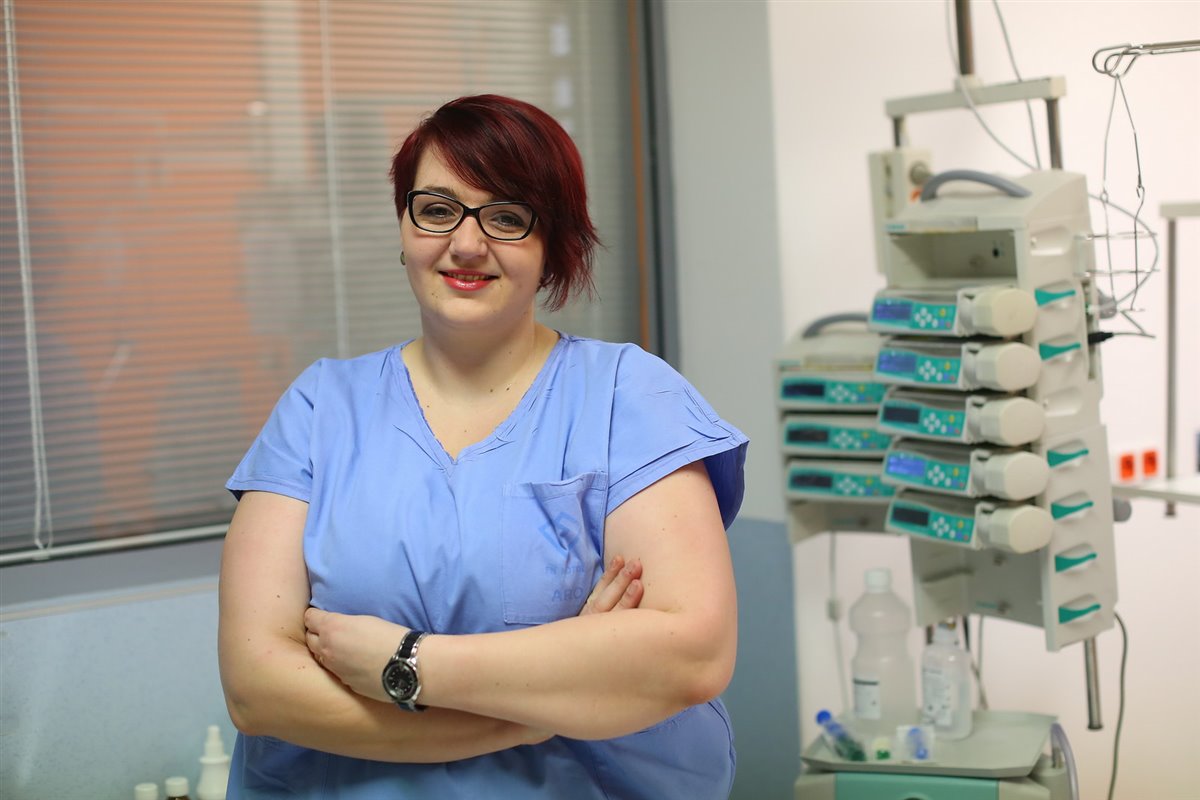
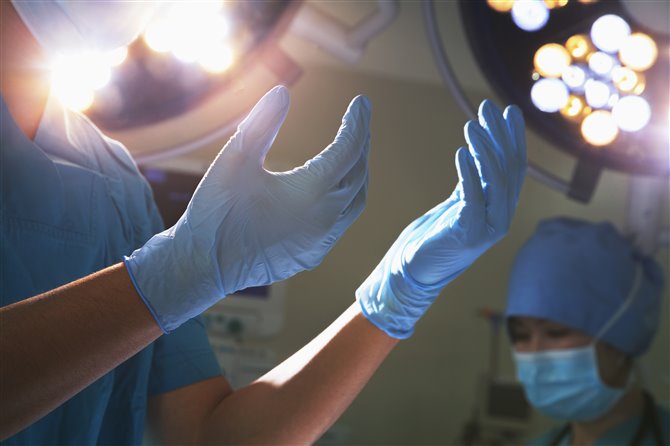
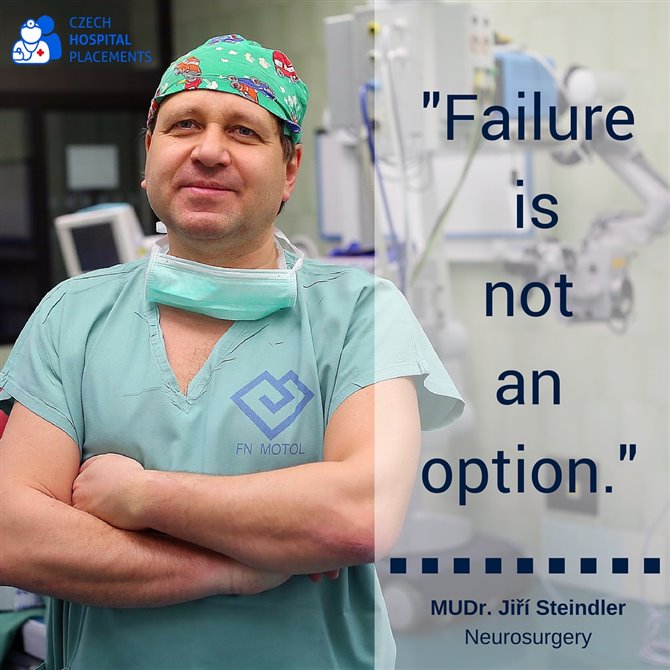


Categories
Behind the Scenes of the University Hospital in Motol
Being a Healthcare Student
Best Adventures While Travelling
Discover the Medical Specialties
Inspiration: Practical Experience of Healthcare Professionals
Obsolete vs. Visionary
The Better Health Care Professional Podcast
Tips and Tricks for Your Successful Career
Top News in Healthcare
Travels in COVID-era